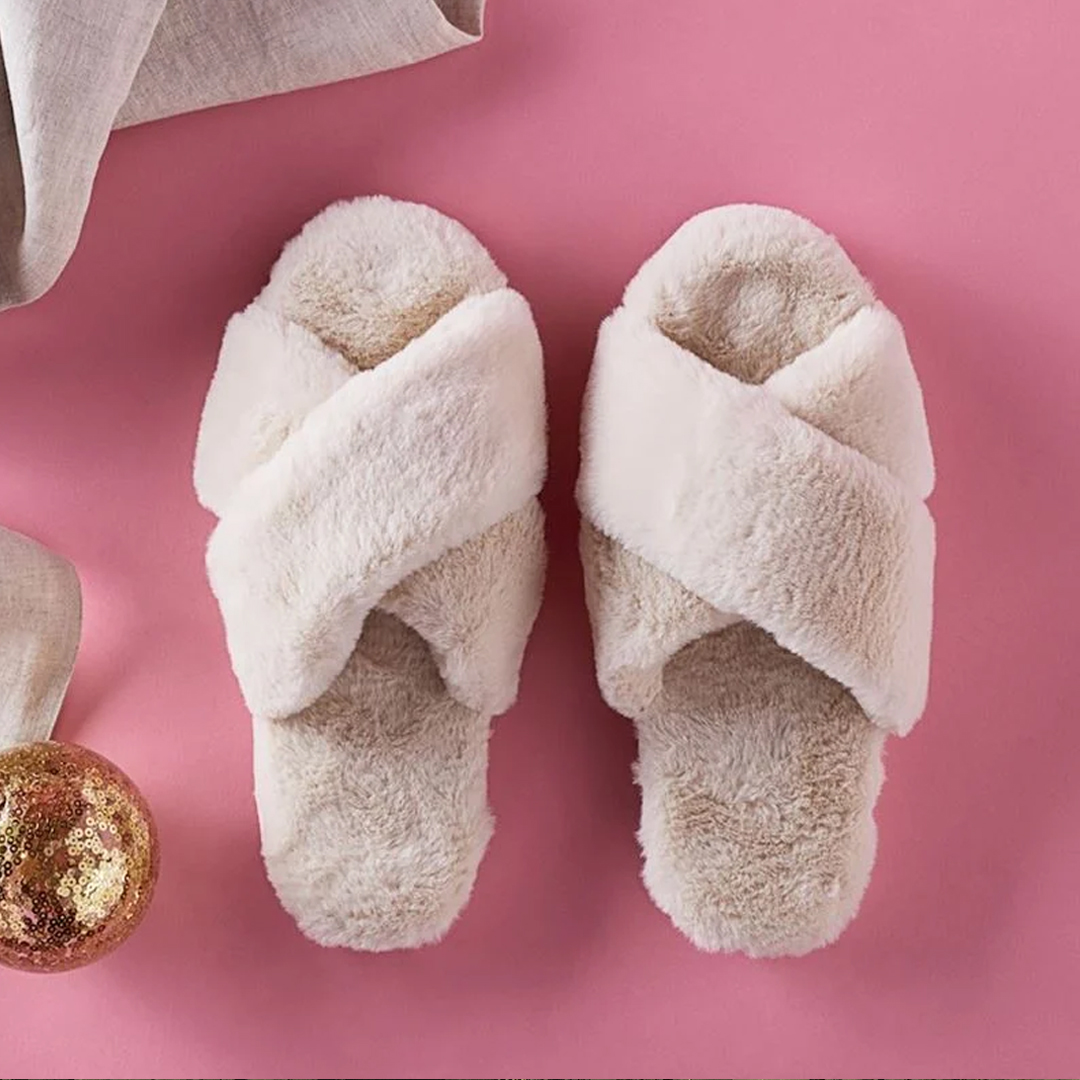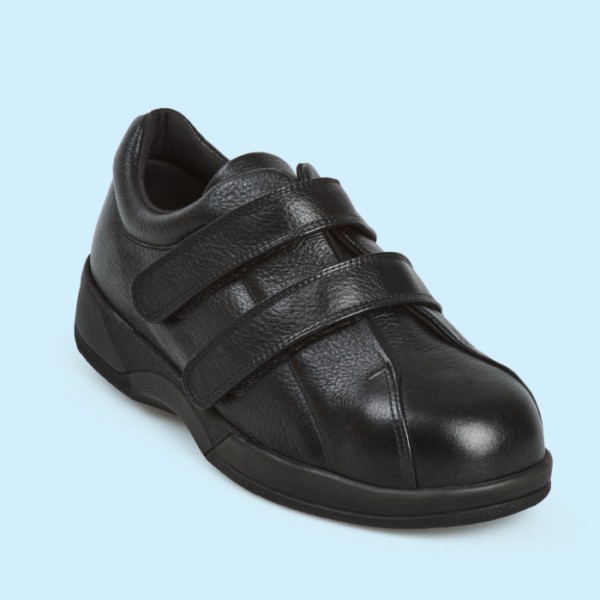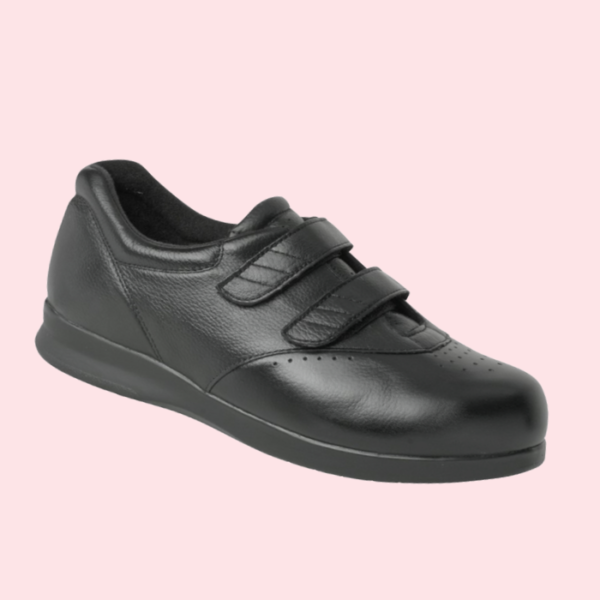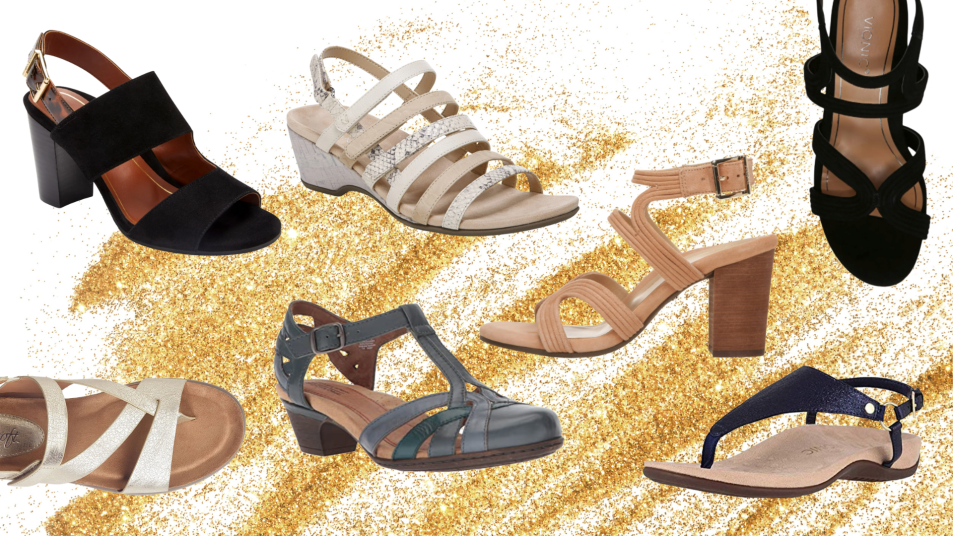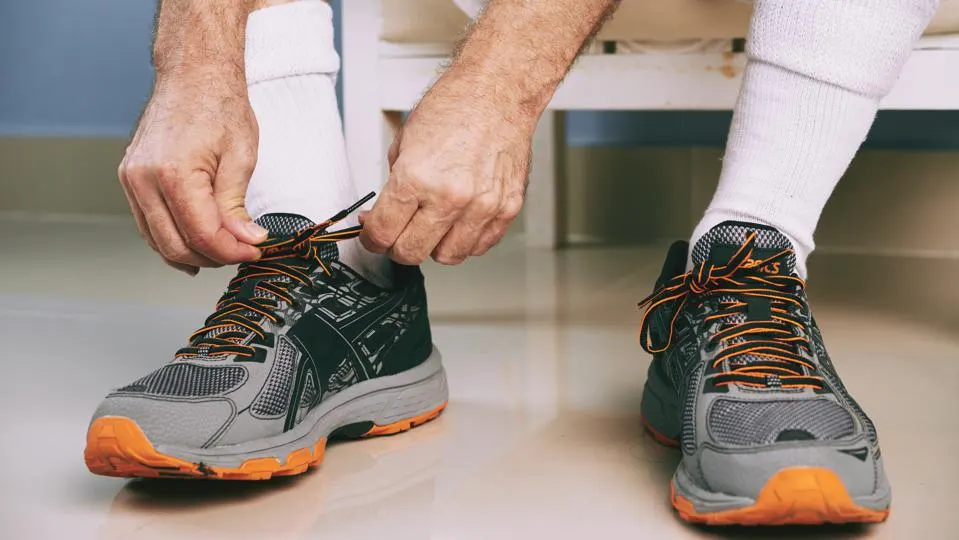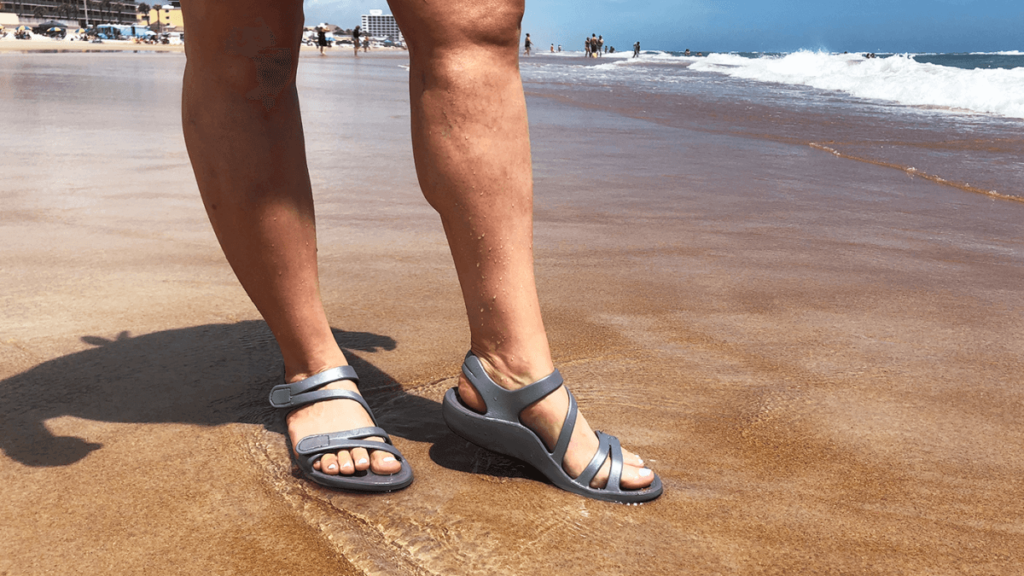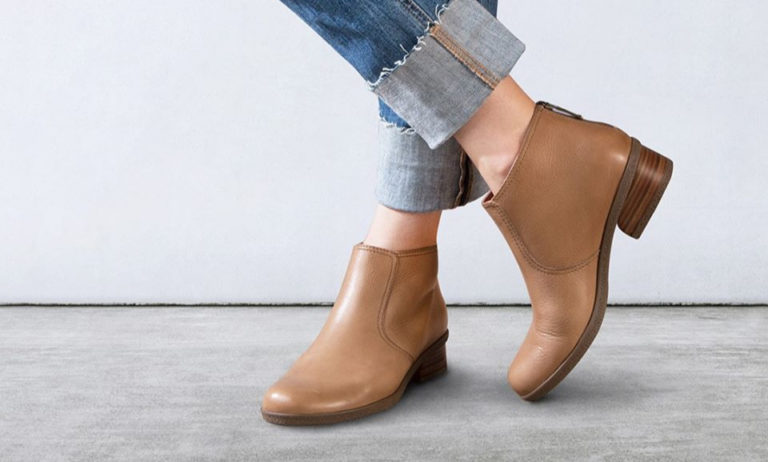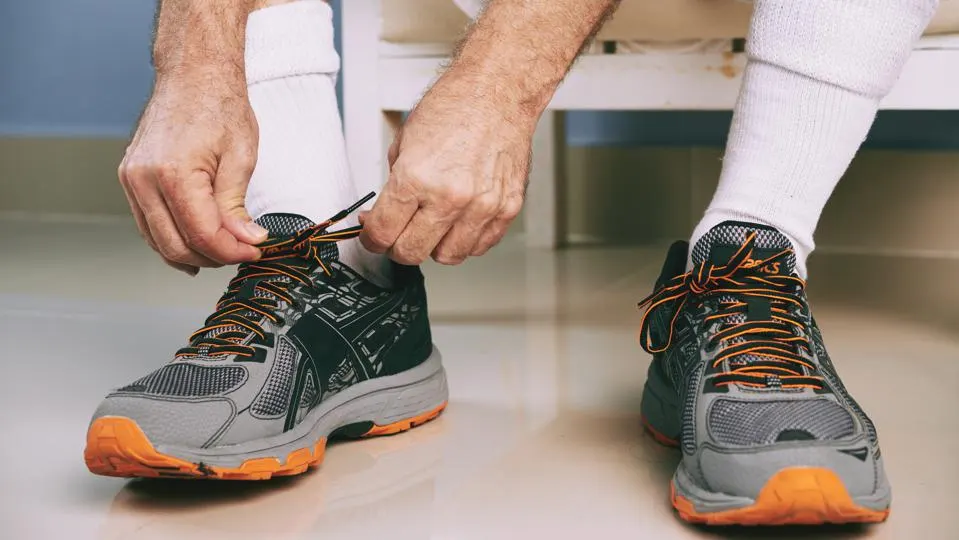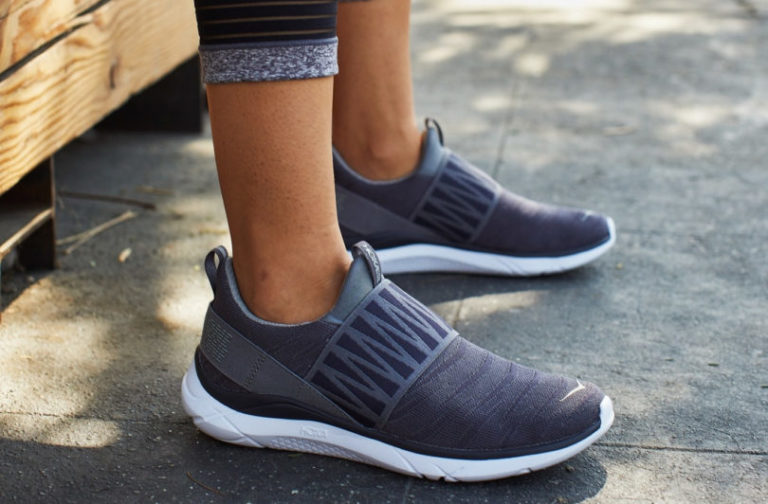Heel spurs can cause considerable pain and discomfort, affecting the daily lives of those who experience them. Finding the right footwear can play a vital role in managing heel spurs, as well as other common foot conditions such as bunions, edema, and diabetic foot. In this comprehensive guide, we will explore all aspects of shoes for heel spurs and various foot conditions, providing valuable information on features to consider when purchasing the right footwear for your needs.
Common Foot Conditions That Benefit from Medical Shoes
There are many different foot conditions that can benefit from the use of medical shoes. Whether you have bunions, edema, heel spurs, or diabetic foot, there are specialized shoes available to help alleviate symptoms and provide relief.
Bunions are a common foot condition characterized by a bony bump at the base of the big toe. This can cause pain, swelling, and difficulty wearing shoes. Medical shoes with a wider toe box can help to accommodate the bunion and reduce pressure on the affected area.
Edema, or swelling, is often caused by medical conditions such as heart failure or kidney disease. Medical shoes with adjustable straps can help to accommodate swelling and provide a comfortable fit.
Heel spurs are a type of bone growth that can cause pain in the heel. Medical shoes with good arch support and cushioning can help to alleviate this pain and prevent further damage.
Diabetic foot is a serious condition that affects individuals with diabetes. It can cause nerve damage, ulcers, and other complications. Medical shoes with specialized insoles and extra padding can help to prevent injury and promote healing.
When it comes to foot health, wearing appropriate footwear is crucial. Medical shoes are designed to provide support, comfort, and relief for various foot conditions. By choosing the right medical shoes, you can alleviate symptoms, prevent further damage, and improve overall foot health.
Finding Relief: A Guide to Shoes for Heel Spurs and Other Foot Conditions
Shoes for heel spurs can be a game-changer for those suffering from foot pain and discomfort. Heel spurs are bony growths that form on the heel bone, leading to inflammation and pain. While heel spurs can develop from a variety of reasons, one thing is for sure: they require comfortable and supportive footwear to reduce the pain associated with them. In this comprehensive guide, we will explore the features to consider when choosing the right shoes for heel spurs and other foot conditions. Whether you’re an athlete or spend most of your time on your feet, we’ve got you covered. So, let’s get started!
Introduction: The Problem with Heel Spurs
Heel spurs are a common condition that can cause considerable pain and discomfort for individuals. A heel spur is a bony growth that develops on the bottom of the heel bone, often caused by repeated stress on the foot and/or wearing poorly fitting shoes. While heel spurs themselves may not be painful, they can lead to inflammation, swelling, and discomfort in the surrounding tissue and can even lead to plantar fasciitis.
As a result, individuals with heel spurs need to pay close attention to the shoes they wear. Wearing shoes that provide proper support and cushioning can alleviate pain and prevent further damage. This comprehensive guide explores all aspects of shoes for heel spurs and various foot conditions, providing valuable information on features to consider when purchasing the right footwear for your needs. So, let’s dive in and find relief for those aching heels!
Relationship of Heel Spurs with Plantar Fasciitis including causes, symptoms, and effects on foot health
Heel spurs and plantar fasciitis often go hand in hand. Plantar fasciitis is a common foot condition characterized by inflammation of the plantar fascia, a band of tissue that runs along the bottom of your foot from your heel to your toes. When this tissue becomes inflamed, it can cause sharp pain in the heel, arch, and ball of your foot.
Heel spurs, on the other hand, are bony growths that develop on the heel bone over time. They often occur as a result of repetitive stress on the foot, such as running or jumping. While not always painful, heel spurs can cause considerable discomfort when they press against the soft tissue of the foot.
So what is the relationship between heel spurs and plantar fasciitis? In some cases, heel spurs can be a contributing factor to the development of plantar fasciitis. The bony growth can cause additional stress on the plantar fascia, leading to inflammation and pain.
However, it’s important to note that not everyone with heel spurs will develop plantar fasciitis, and not everyone with plantar fasciitis will have heel spurs. In fact, many people with plantar fasciitis do not have any visible signs of a heel spur on X-rays.
Regardless of the underlying cause of your foot pain, it’s important to seek treatment as soon as possible. Ignoring the symptoms of plantar fasciitis or heel spurs can lead to further complications, such as chronic pain or a more severe foot condition.
Some common symptoms of plantar fasciitis include:
- Sharp pain in the heel or arch of the foot, especially when first getting out of bed in the morning or after extended periods of sitting or standing
- Tenderness or swelling in the affected area
- Difficulty walking or standing for long periods of time
- Stiffness in the foot or ankle
If you experience any of these symptoms, it’s important to consult with a healthcare professional for an accurate diagnosis and treatment plan.
In the next section, we’ll explore some key features to consider when purchasing shoes for heel spurs or plantar fasciitis.
Key Features to Consider When Purchasing Shoes for Heel Spurs
When shopping for shoes that are suitable for heel spurs and other foot conditions, there are a few key features that you need to consider. These features will help you to identify shoes that are not only comfortable but also provide proper support for your feet. Here are some of the key features you need to look out for:
- Arch Support: Heel spurs are often caused by inflammation of the plantar fascia, which is a band of tissue that runs along the bottom of the foot. Therefore, shoes with good arch support are essential to reduce stress on the plantar fascia and relieve pain.
- Cushioning: Shoes that offer adequate cushioning can help absorb shock and reduce pressure on your heels. Look for shoes with foam padding or gel inserts that can provide extra comfort.
- Wide Toe Box: A wide toe box is crucial for those with heel spurs or other foot conditions. It allows for natural foot movement and helps to reduce pressure on the toes.
- Flexible Soles: Shoes with flexible soles allow for natural foot movement, reducing stress on your feet and helping to alleviate pain.
- Low Heel: High heels put a lot of stress on the feet and can make heel spurs worse. Therefore, it is essential to choose shoes with a low heel, preferably one inch or lower.
By considering these key features, you can find shoes that are suitable for your foot condition and will provide you with the support and comfort you need. Investing in the right shoes is crucial for preventing further foot damage and finding relief from heel spurs and other foot conditions.
The 5 Best Shoes for Heel Spurs
1. Apollo Men’s Shoes
These shoes provide exceptional cushioning, making them a popular choice among runners and individuals with heel spurs. The gel-infused technology helps reduce shock and impact while offering a comfortable fit for prolonged periods of wear.
2. Casual Walker Velcro Men’s Shoes
This versatile training shoe has excellent arch support, providing relief to those with heel spurs. The breathable leather upper helps regulate foot temperature and reduce moisture build-up, which is important in maintaining foot hygiene.
3. Colonge Men’s Shoes
These shoes are designed with a unique footbed and motion control system that provides support and stability for individuals with heel spurs. They come in various widths and sizes, ensuring a customized and comfortable fit.
4. Michael
These sneakers provide a blend of style and functionality, offering an affordable option for individuals with heel spurs. They have a cushioned insole and shock-absorbing midsole, making them a perfect choice for everyday wear.
5. Milano Men’s Shoes
These shoes are ideal for individuals with heel spurs due to their wide base, providing better support and balance. They also offer ample cushioning, reducing the pressure on the heels while running or walking.
Finding the right shoes for heel spurs can make a world of difference in terms of comfort and pain relief. We hope this guide has provided valuable information on features to consider when purchasing shoes for heel spurs and highlighted the 5 best shoes available in the market. Remember to consult a healthcare professional for proper diagnosis and treatment of heel spurs before purchasing shoes.
Conclusion
Finding the right shoes for heel spurs and other foot conditions can significantly improve comfort and quality of life. By considering the features discussed and understanding the specific needs of various foot conditions, individuals can make informed choices when purchasing footwear. Remember to consult with a healthcare professional for personalized advice based on your unique needs. With the right shoes and proper foot care practices, you can alleviate pain, minimize discomfort, and enjoy improved foot health.
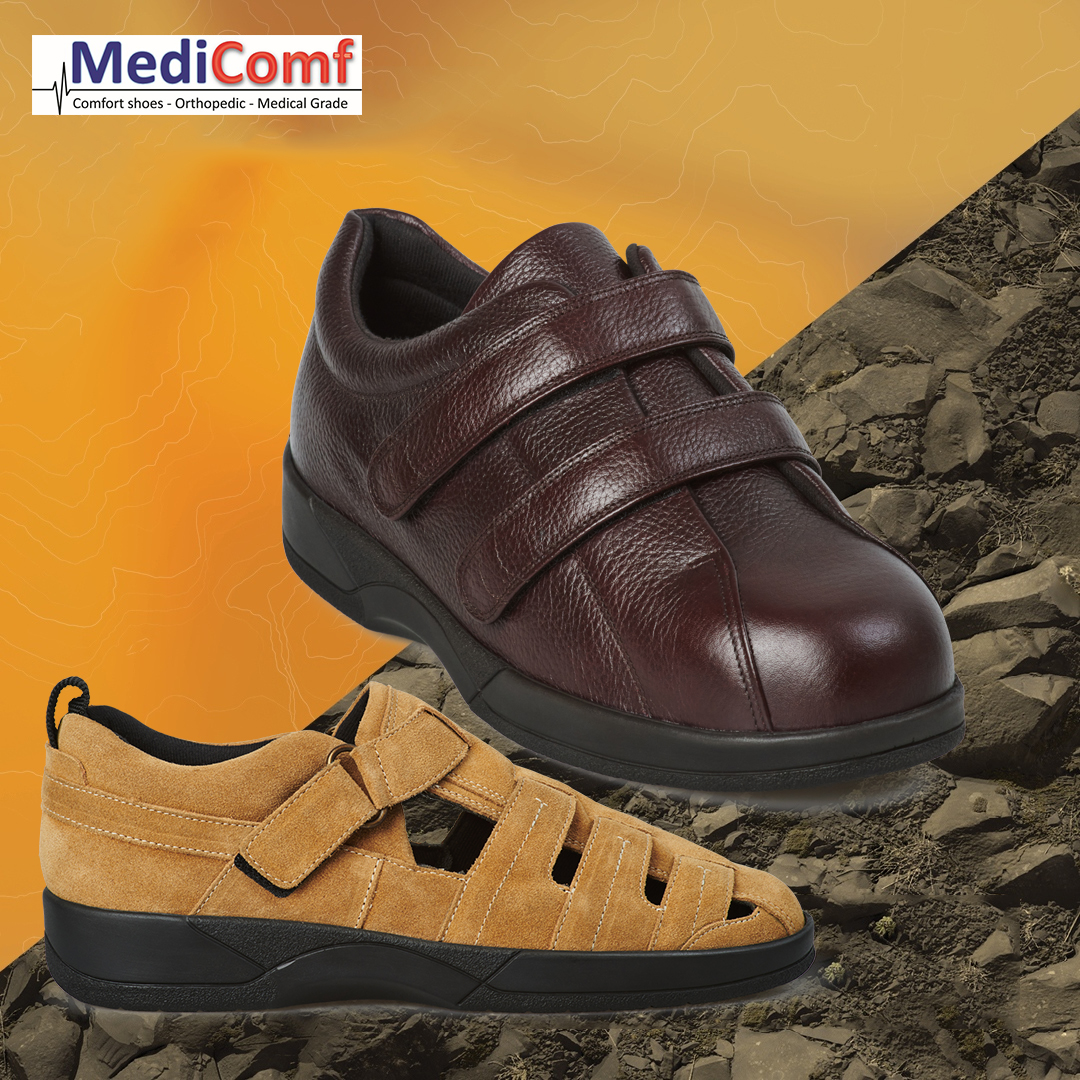
Shoes
